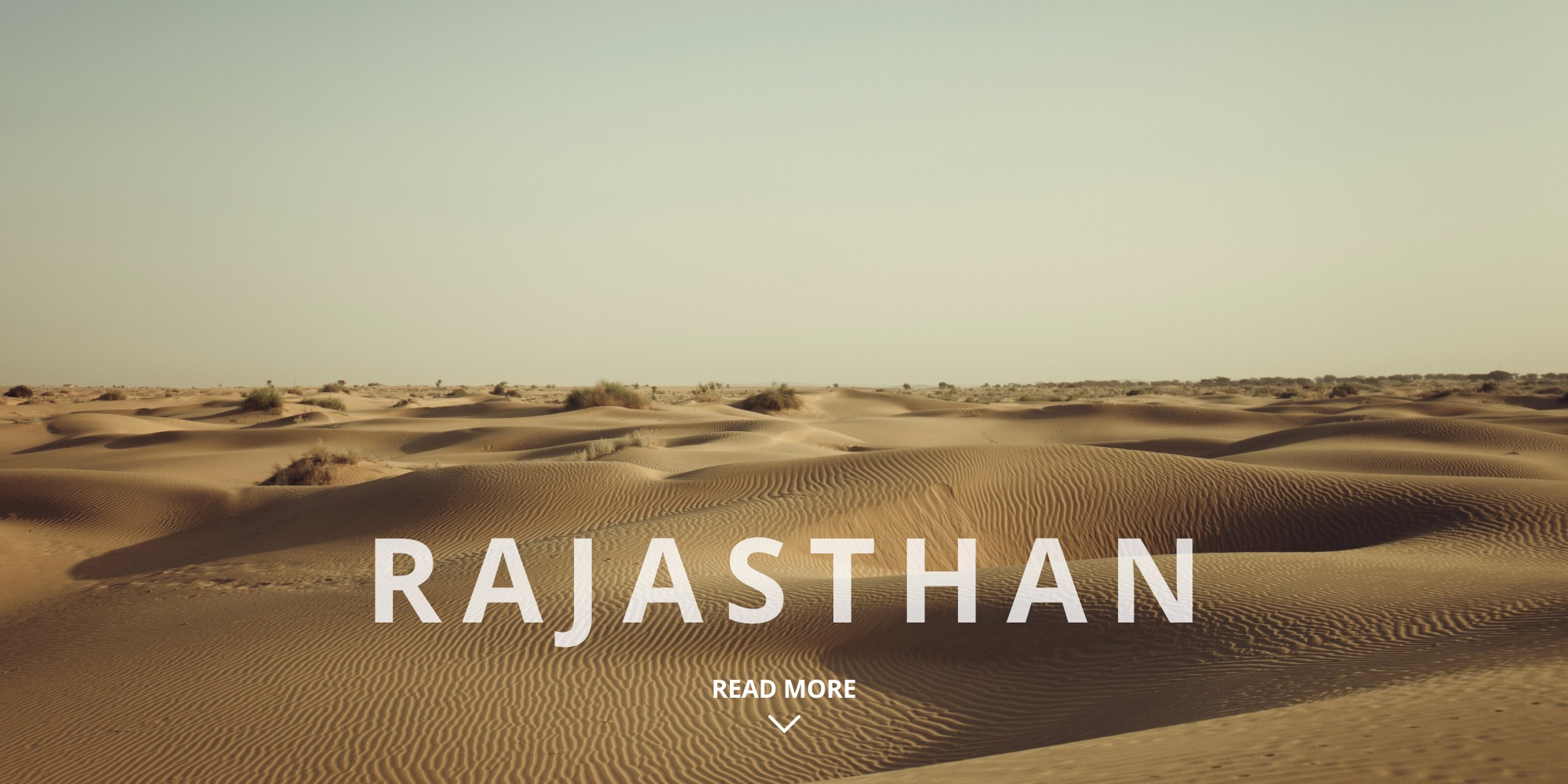
Indian desert safaris and camel rides are an exciting and exceptional way to explore the remarkable desert regions of India. These deserts, including the expansive and ancient Thar Desert in Rajasthan and the surreal salt flats of the Rann of Kutch in Gujarat, provide a captivating insight into the culture and lifestyle of the local inhabitants. Camel rides are a popular means of traversing the desert, allowing visitors to experience the landscape at a leisurely pace while taking in breathtaking views. Additionally, a desert safari provides an opportunity for tourists to discover the nearby villages, forts, and sand dunes, giving them a glimpse into the traditional way of life of the people who reside in these regions. Whether you are an adventurer, a nature lover, or a cultural enthusiast, embarking on an Indian desert safari and camel ride is an unforgettable experience. In this article, we will discuss various aspects of these safaris, including the different types of safaris and camel rides, tourist attractions, accommodation options, and safety tips, which will help you plan a memorable trip to explore the Indian desert.
Exploring the Indian desert through a camel ride is a time-honored tradition that has been practiced for centuries. It provides tourists with a chance to immerse themselves in local life and culture, offering an authentic experience of the desert.
Usually, camel rides are offered as part of a guided tour or safari, with an experienced guide leading the way through the desert. Before setting off, the guide will provide basic instructions on how to ride a camel, including mounting, dismounting, and maintaining balance.
Dromedaries are the type of camel used for these rides and have adapted over time to the challenging desert environment. They can go days without water and have large feet that allow them to traverse soft sand effortlessly. These animals are well-trained and cared for, ensuring a safe and comfortable ride.
Typically, camel rides last for a few hours, allowing riders to leisurely explore the desert. As you ride, you'll take in the breathtaking views of the landscape, witness the local flora and fauna, and interact with the locals. Your guide will provide interesting insights into the local culture and history.
Most camel rides will include a stop at a traditional desert camp, offering an opportunity to rest and enjoy some refreshments. The camps are usually set up with comfortable seating areas where you can relax and take in the peaceful surroundings. You may also have a chance to participate in traditional desert activities like camel milking or henna tattooing.
It is advisable to plan your camel ride during the cooler months, as the desert can be extremely hot in the summer. Wearing loose-fitting and comfortable clothing, a hat, sunscreen, and sunglasses are recommended.
In conclusion, camel rides offer a unique and authentic way to explore the Indian desert, immersing you in local life and culture. With a trained guide and a well-cared-for camel, you can enjoy a safe and comfortable ride while creating memories that will last a lifetime.
The ideal period to embark on Indian desert safaris and camel rides is during the winter season from October to February. The temperatures during this season are comfortable and moderate, ranging from 10 to 25 degrees Celsius. This time of the year is perfect for outdoor activities, and visitors can comfortably explore the desert and enjoy camel rides without the discomfort of the scorching heat.
However, from March to June, the weather becomes exceedingly hot and arid, with temperatures reaching over 40 degrees Celsius. The extreme heat and dryness of this period make it challenging and uncomfortable to venture out into the desert, and visitors are advised to avoid visiting during this season. Monsoon season prevails from July to September, and the area experiences heavy rainfall and occasional floods, which makes it difficult to explore the desert during this period.
Visitors should bear in mind that the desert can get cold at night, even during the winter months, so it's essential to pack warm clothes to stay comfortable.
It is advisable to wear comfortable and loose-fitting clothing that covers your arms and legs to protect yourself from the sun and sand. It's also essential to wear a hat or scarf to protect your head from the sun.
The ideal time to visit is during the winter season from October to February when the weather is mild and pleasant.
Yes, they are safe if you follow safety guidelines, choose a reputable operator, and listen carefully to your guide's instructions.
The duration of a desert safari or camel ride varies depending on the tour package you choose. It can last from a few hours to several days.
It is recommended to book a tour in advance to ensure availability and get the best deals. However, it's possible to book on the spot, but you may have limited options and may end up paying more.
Yes, they can participate, but it's crucial to ensure that they are physically capable and follow safety guidelines. Some tour operators may have age restrictions or require parental consent for minors.
Copyright 2012-2025 Indiamap Digital Private Limited. All rights reserved. Privacy Policy | Terms of Use